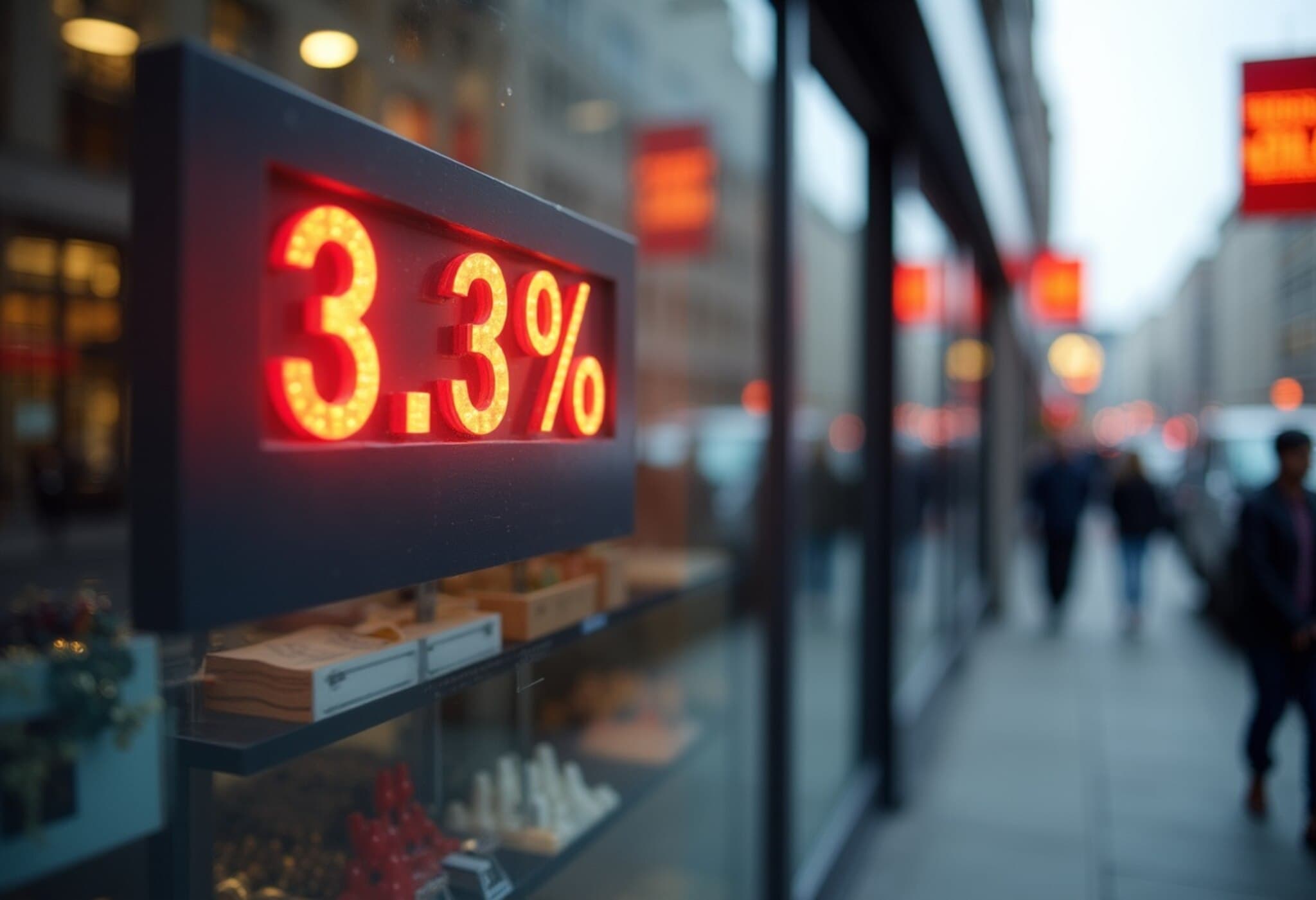Understanding the Rising Appeal of Collateralized Loan Obligations (CLOs)
With interest rates maintaining elevated levels, investors have increasingly turned to high-yielding collateralized loan obligations (CLOs) to diversify their portfolios. In 2024, CLO and bank loan exchange-traded funds (ETFs) experienced a record inflow of $25.6 billion, followed by an additional $4.7 trillion this year, emphasizing strong investor demand.
Although there was a brief period of outflows in April, these ETFs rebounded quickly, with $2 trillion injected into bank loan and CLO ETFs in May alone—marking the ninth largest monthly inflow historically. This trend underscores CLOs’ growing appeal in a fluctuating rate environment.
How CLOs Work and Their Interest Rate Sensitivity
CLOs are securitized portfolios of floating-rate loans extended to businesses. Their coupon payments adjust in response to changes in short-term interest rates, making them particularly attractive during periods of rate volatility. The Federal Reserve’s cautious approach to rate adjustments, with expectations to hold rates steady until possibly cutting in September, contributes to CLOs’ appeal.
Industry experts emphasize that the floating-rate nature of CLOs offers a hedge against rising rates, resulting in steady demand across various tranches of the capital structure. Investors benefit from a relatively stable income stream amid uncertain monetary policy.
Available CLO Investment Options and Their Characteristics
Among the prominent CLO ETFs is the Janus Henderson AAA CLO ETF (ticker: JAAA), which currently offers a 30-day SEC yield of 5.48% with a net expense ratio of 0.20%. With assets under management exceeding $20.9 billion, it has attracted $4 billion so far this year. This AAA-rated fund provides a conservative entry point, as these tranches are prioritized for repayment in the event of borrower default.
For investors seeking higher yields, lower-rated but still investment-grade CLO tranches are available. The Nuveen AA-BBB CLO ETF (ticker: NCLO), launched in December, offers a 6.4% 30-day SEC yield with a 0.25% expense ratio. This fund holds CLOs rated AA to BBB, considered investment grade with relatively low default risk.
Similarly, the VanEck AA-BBB CLO ETF (ticker: CLOB), introduced in September, provides a 7.17% 30-day SEC yield and invests primarily in AA to BB tranches. Though these lower tranches carry increased risk compared to AAA-rated CLOs, they historically outperform higher-rated tranches by roughly 140-150 basis points annually and exhibit less volatility than traditional investment-grade corporate bonds.
Janus Henderson also offers the B-BBB CLO ETF (ticker: JBBB) catering to investors with higher risk tolerance seeking enhanced yield but has experienced some outflows recently.
Portfolio Diversification Strategies Using CLOs
CLOs complement a diversified fixed income portfolio due to their floating-rate structure and historically low correlations with other bond sectors. Investors should consider combining CLOs with longer-duration bonds to manage interest rate risk effectively.
One recommended approach involves a barbell strategy: pairing floating-rate CLOs with longer-duration agency mortgage-backed securities. For example, Janus Henderson's Mortgage-Backed Securities ETF (ticker: JMBS) offers an effective duration of approximately 7 years and a 5.11% 30-day SEC yield, which balances the shorter-term exposure provided by CLOs.
Financial advisors note that CLO allocations can serve multiple roles within portfolios:
- An alternative to short-duration bonds
- A complement to high-yield bond holdings
- A source of ongoing income with reduced sensitivity to interest rate declines
Choosing the Right CLO Tranche Based on Investment Horizon
Selection between AAA-rated CLOs and lower investment-grade tranches depends largely on time horizon and risk appetite. AAA-rated products are viewed as safer, shorter-term cash equivalents, while AA-BBB tranches suit longer-term core exposure due to their attractive credit spreads.
For instance, CLOs rated AA to BBB offer approximately 200 basis points spread over the Secured Overnight Financing Rate (SOFR), which helps sustain income even if short-term rates decline.
Strong fundamentals have historically kept CLO default rates low, reinforcing their suitability as a steady income vehicle.
Conclusion
Collateralized loan obligations provide investors with a compelling option for income generation and portfolio diversification amid ongoing interest rate uncertainty. By carefully selecting CLO tranches aligned with investment goals and integrating them within broader fixed income strategies, investors can enhance yield potential while managing risk effectively.



















